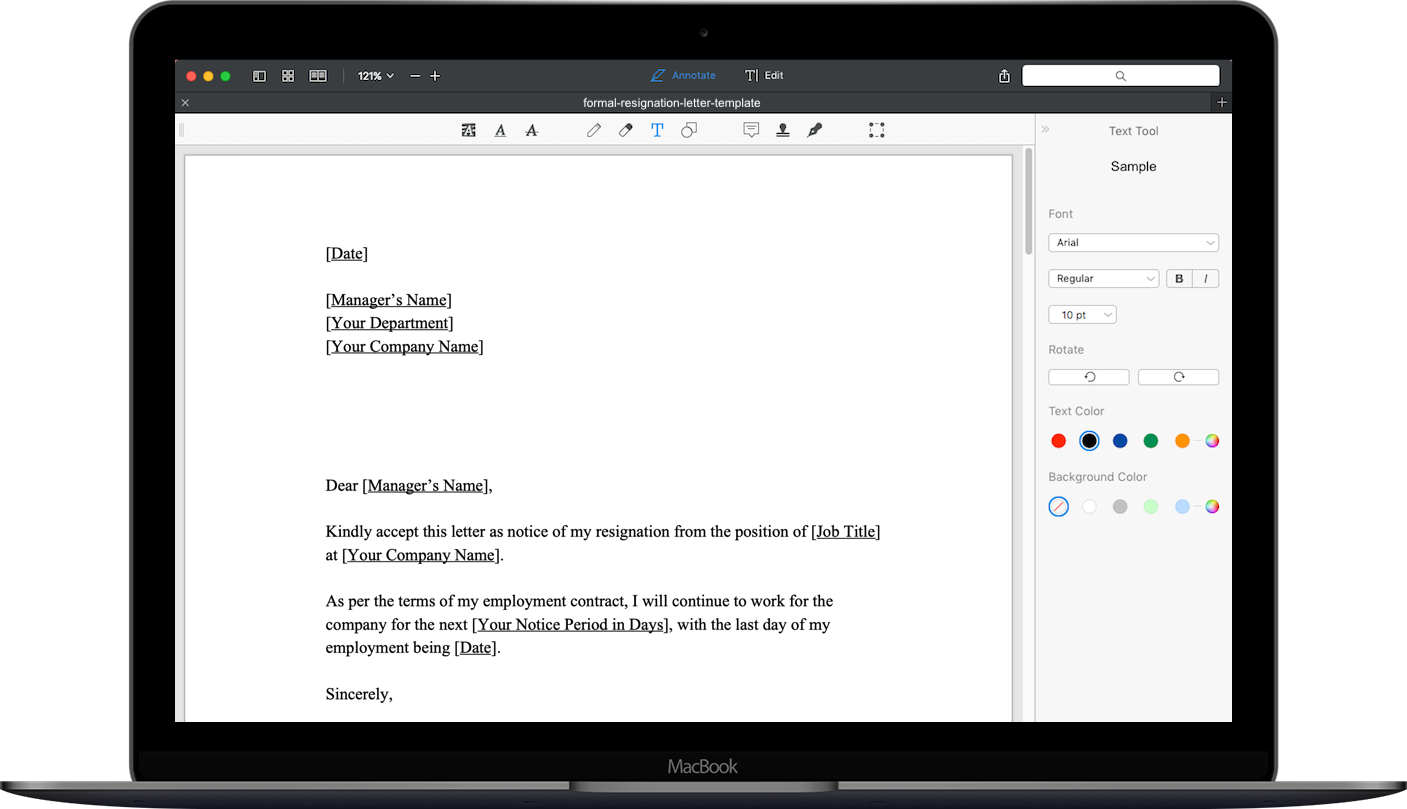This is a great post, but it's a bit out-dated since Leopard (Mac OS 10.5) came out and did away with NetInfo Manager. The procedure for making a Mac OS X system look like new for Leopard and Snow Leopard is as follows: 1. Boot into single user mode (hold command-S during startup) 2. Mount -uw / (this is to mount the filesystem as read/write. Nov 12, 2017 How to Force Quit an App on Mac. For such a stable operating system as macOS, users can choose from surprisingly many ways how to force quit a program on Mac computers. Force Quit Mac Apps Using the Apple Menu. Force quitting Mac apps using the Apple menu is the official method how Apple advises users to deal with unresponsive apps. . Install Disk Creator is a straightforward way to create a boot disk. I was able to make a macOS Sierra external USB boot disk in a few minutes, and the installation worked without a hitch. Also works with older versions of OS X. Diskmaker X is a popular app. It also supports older versions of OS X. Use the Terminal to create a boot disk.
| Click here to return to the 'Quit applications politely from the command line' hint |
Very nice, thank you!
This script is well done and may be useful to some people. But automatically overwriting open files when you quit an application remotely isn't always 'polite.' Your cat might have been sleeping on the keyboard while you were away from your desk. If you send a kill signal to an application, at least you can be sure that no stored data has been overwritten.
That's a good point. Maybe I'll put out a new version with an option not to save.

I've just uploaded version 1.1 which includes an -n option that tells the app not to save changes.
Is it really such that OS X applications (which ARE processes, otherwise they wouldn't appear in 'ps' listings) do not catch SIGTERM/SIGINT and such to shut down cleanly? Really!?
To me this seems hard to imagine. But then I don't know better.

I've just uploaded version 1.1 which includes an -n option that tells the app not to save changes.
Is it really such that OS X applications (which ARE processes, otherwise they wouldn't appear in 'ps' listings) do not catch SIGTERM/SIGINT and such to shut down cleanly? Really!?
To me this seems hard to imagine. But then I don't know better.
killall -QUIT TextEdit, produces an error message saying 'The application TextEdit quit unexpectedly.' By all means feel free to play around with the various kill signals, but from what I can find, none of them perform the same way as pressing ⌘Q when using the application. Obviously every application has a process at its core, so you will see at least one process for each application, but an application is more than just a process.
I just tried it: 'killall -TERM TextEdit' works as I expect, producing no error message but just telling TextEdit to die asap. 'killall -QUIT' indeed does behave different. But SIGTERM is what's usually sent if you do not give an explicit signal.
On the other hand it's right that on SIGTERM TextEdit won't ask you for saving your half-finished document, it will discard all changes. But that's what I expect if I say 'dear program, please terminate asap'.
Now I think I understand your hint and what it's for, I got it wrong after the first read. Microsoft office 2007 arabic language pack free download. But I am still pretty sure that most OS X programs (application or not) do handle SIGTERM and do some clean up before exiting.
killall Journler kills the app without triggering that procedure. Resign An Mac Os X App
For further reading, you might be interested in this.
This script was exactly what I was looking for. I am running an iTunes 9 Home Sharing server on an alternate account under Fast User Switching. This is serving the iTunes 'master library' for my family. The iMac it runs on is also a family computer for the kids.
Of course, I frequently need to administer the master library to keep it synced with purchases that have been loaded into individual users' libraries. With this script I'm able to ssh into the iMac FUS account, close down iTunes, then open the same iTunes library on my laptop without interrupting anyone's iMac session.
If the current iMac user is running a second copy of iTunes, this script doesn't seem to see it; it closes down the FUS iTunes session without asking me to choose between the processes. The script does generate a warning message (twice):
_RegisterApplication(), FAILED TO establish the default connection to the WindowServer, _CGSDefaultConnection() is NULL.
but this doesn't seem to interfere with its successful execution.
Resign An Mac Os X App Icon
Just a note that version 1.3 is available.Usage: quit [-a] [-p] [-s|n] application names
Dec 27, 2020 Visit the Code Shop to register a Feature Code that you've received as part of your purchase of one of the many great Webkinz World products, or from a special promotion. Remember that if you have a Secret Code for a Webkinz Pet to use it in the Adoption Center. May 12, 2021 Webkinz Promo Code & Coupon Code May 2021 Webkinz world is where your children get to play with their favorite stuffed animals on the internet and play online. You and your children can bring their favorite Webkinz pet or toys to the virtual world i.e Webkinz world. The Code Shop is the place to visit if you have a feature code. Feature codes are codes that come with Webkinz merchandise, that unlock special prizes - most of which you can't get anywhere else! To unlock a prize, just visit the Code Shop, enter the feature code and click UNLOCK. You'll get to see what prize you have unlocked! The Code Shop is currently unavailable due to an issue that prevents codes from being redeemed. We are currently working on this issue and will reopen the Code Shop when it is fixed. Webkinz code shop.
Arguments are the names of one or more applications.
Arguments are not case sensitive.
Arguments with spaces should be quoted.
Options:
-a Match argument string with any of the application's name, displayed name, short name, or title. E.g.: `quit 'Microsoft Word'` and `quit -a Word` will both quit Microsoft Word, because the app calls itself 'Word' in the menu bar.
Mac Os X Versions
-p Use partial matches (e.g. edit for TextEdit). Prompts for confirmation.
-s Attempt to save modified files when quitting. Overrides any previous -n option.
-n Do not attempt to save modified files when quitting. Overrides any previous -s option.
If neither the -s or -n options are specified, quit will try to detemine if any documents require saving, and if necessary will ask the user whether to save or not.
Phone Shut Down App
This script is super useful and helped me schedule cron jobs on a kiosk running Snow Leopard. It was the only thing that would let me automate the closure of an OpenOffice Impress presentation (although I had to execute 'quit' twice while in a full-screen presentation for some reason). On another note, where should I copy custom scripts to so that they can be executed globally? Or how do I modify the included path to include a folder with custom scripts? Thanks!

